There’s no such thing as a dumb question, especially when it comes to outdoor plants (they are complex living things, after all!). If you’re turning your attention to your outdoor space this season, you’ve probably got some questions – and I’ve got the answers. From which flowers are more likely to bloom through Labour Day to whether you should bring your indoor plants outdoors in the sunny months, I’ve rounded up tips, tricks and answers to 14 of your most common outdoor plant questions.
Brian McCourt is a contractor, design expert and co-host of HGTV Canada’s Backyard Builds.

What Plants Won’t Get Eaten by Pests?
There’s a reason why this is one of the most common gardening questions: no one likes a pest and they can easily ruin our best laid plans for a perfect garden. If you don’t want to deal with pests, try adding pest-repelling plants to your garden. Herbs like basil and mint, for example, are more than just delicious – they also repel mosquitos. A few other examples? Japanese beetles detest garlic and chives, while flies fly clear of bay leaves.
Related: How to Keep Pests out of Your Lawn and Garden Using Natural Products
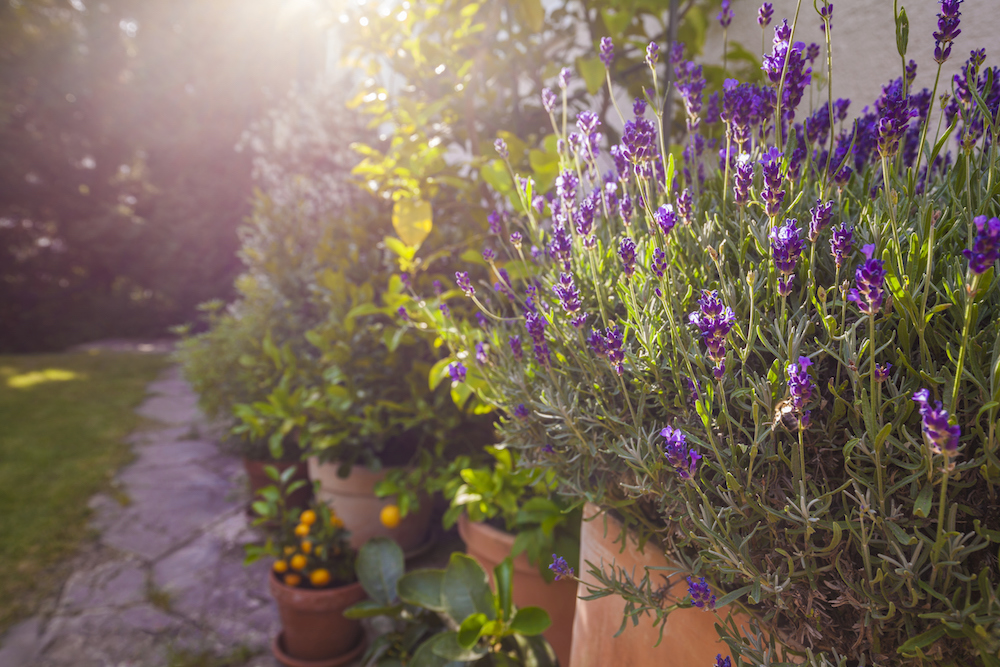
What Flowers Won’t Get Eaten by Pests?
Again, while there’s no way to stop nature from doing its thing, there are certain types of flowers that insects and animals don’t like either. If you want to keep pests out of your garden, try planting flowers featuring natural defenses. Lavender and chrysanthemums, for example, feature insect-repelling compounds, while Russian sage has hairy foliage that helps keep pests away.

Should You Bring Houseplants Outside for the Summer?
A little fresh air can do us all some good, right? What about our houseplants? If you’ve kept your houseplants alive through the winter (congratulations!), you might be wondering if you should bring your indoor plants outdoors for the summer. You definitely can bring plants out during the warmer months (and the extra light, fresh air and light rain can be good for them) – but you have to be really careful. Outside, your plants will be exposed to pests, more extreme temperature changes and wind that could damage (and even kill) them. Keep a close eye on houseplants and water them more often (they’ll get dry much more quickly than usual while outdoors).
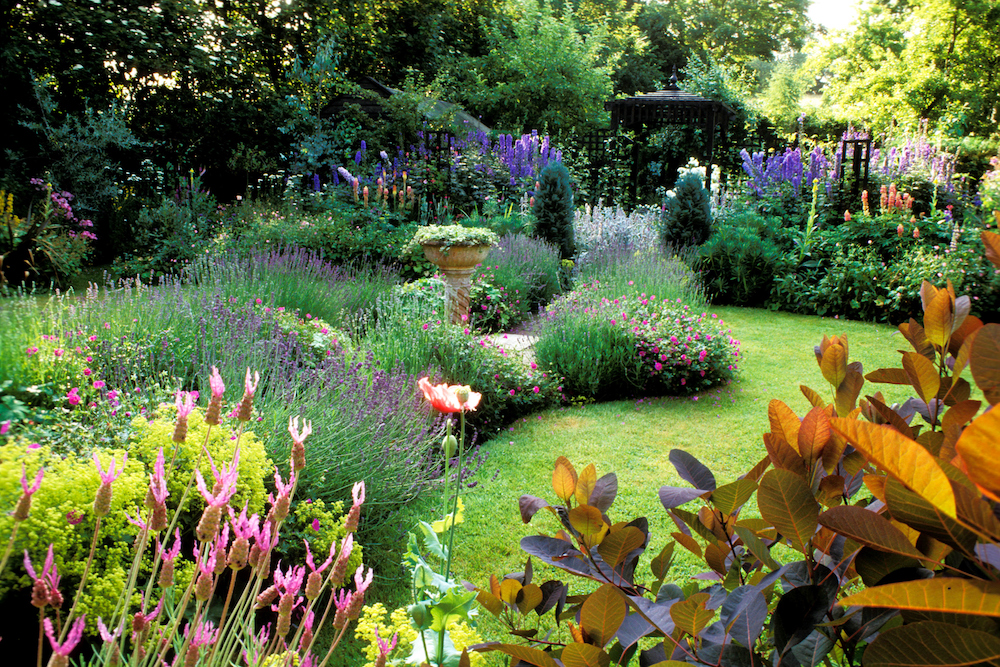
What Are the Easiest Flowers to Grow?
Gardening doesn’t have to be hard. Depending on what you plant, a little effort can yield years of great results. Perennial flowers like peonies and coneflowers, for example, are less work than other varieties because they grow back year after year. (How? Basically, their roots go dormant in the soil in the winter and then they come back when the weather warms up in the spring.) Here are some of the easiest-to-grow perennials you can add to your garden.

Which Flowers Bloom All Summer?
You might be asking: “if perennials are a one-and-done solution, why would I ever plant an annual?” The answer comes from how long in the year – and how much – you want your flowers to bloom. Annual flowers like petunias and begonias only grow once, but they make the most of their time by producing more flowers and blooming for a much longer period of time than perennials (generally, annual flowers can bloom from spring until the first frost of the year).
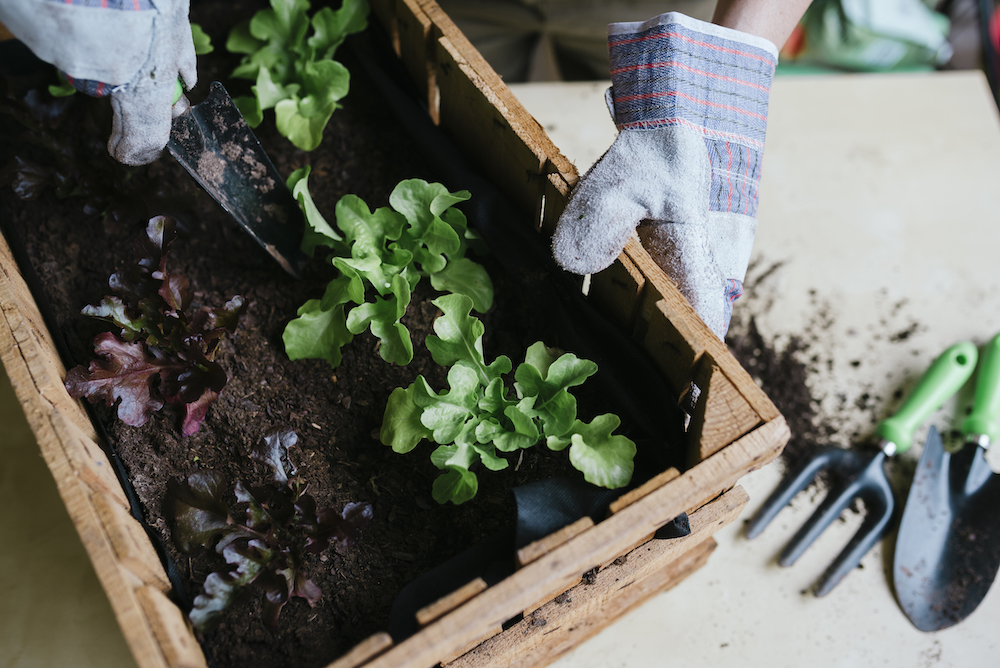
What Are the Best Plants to Feed Your Family?
While I’m not going to even try to know the best nutrition advice for your family, I do know some easier-to-grow plants that will yield you tasty rewards. Vegetables like lettuce, tomato and cucumber are easy to grow and don’t take up a lot of space (they also, coincidentally, will make a pretty good salad together once harvested). While there’s no foolproof way to grow your own vegetables, using a vegetable garden planner to help you plan what veggies to grow (and where) for your outdoor space can be a big help.
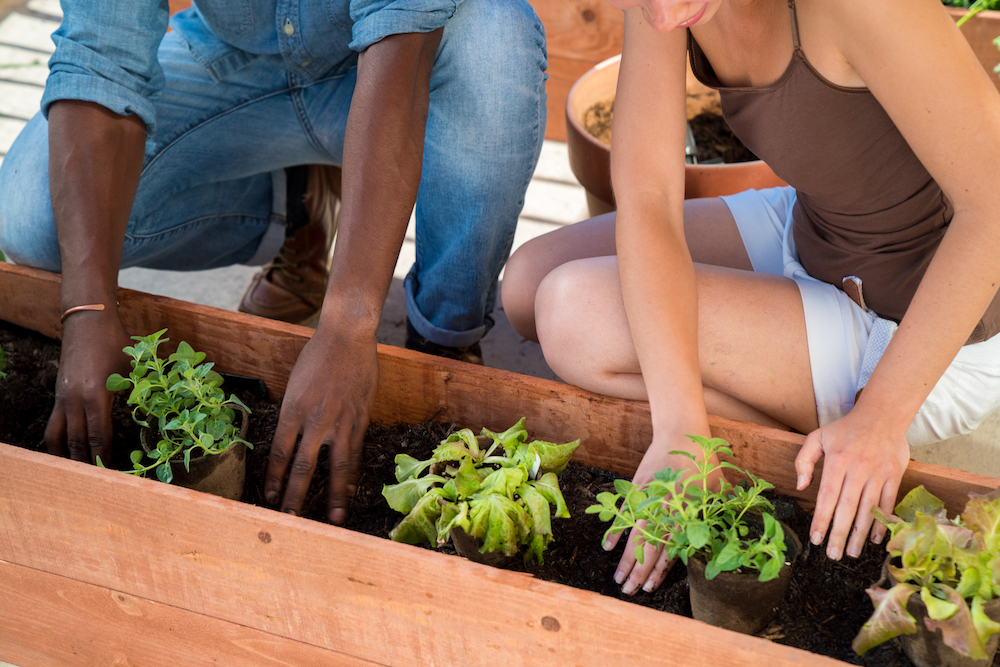
Seeds or Seedlings?
Ah, a timeless question with good reason – there’s no one answer, because variables like the type of plant, growing conditions and your experience make a difference. I do, however, have some tips to guide you in the best direction for your garden. In general, seeds are less expensive than seedlings, but they can be more difficult to germinate. So, if you’re an experienced gardener looking to save some cash, I’d suggest going for easy-to-germinate plants that you can grow from seed. If you’re a beginner (or if you’re planting later in the spring and don’t have time to wait for seeds to grow), choose seedlings. A tip for seedlings? To help keep them strong after you’ve transplanted them, try spraying them with a little cold chamomile tea (which has antifungal properties) daily.
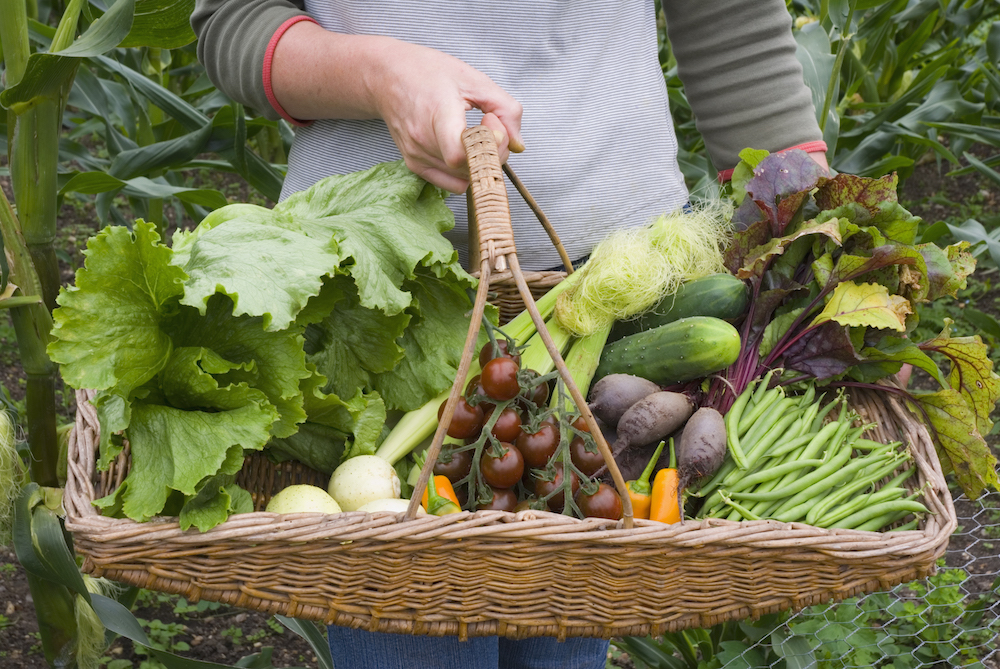
What Plants Have the Best ROI?
Vegetable gardening may be a hobby for many of us, but it’s also an investment. So, if you’re gardening for food and want the best return on investment, look for plants that have a low cost for seeds or starters (like kale), don’t take a lot of time to grow (like tomatoes) or – best-case scenario – are both inexpensive and fast to grow (like lettuce).
Related: What to Plant Now for a Gorgeous Vegetable Garden in Summer

Can Outdoor Plants Be Poisonous for Pets?
Curious pups and kittens can get into all sorts of things, so it’s important to know what plants could be harmful to pets before planting them. For example, Easter Lilies are beautiful, but they can be poisonous (and potentially deadly) to cats. To be on the safe side, get in the habit of doing a quick online search for any plant you’re considering before purchasing or planting.
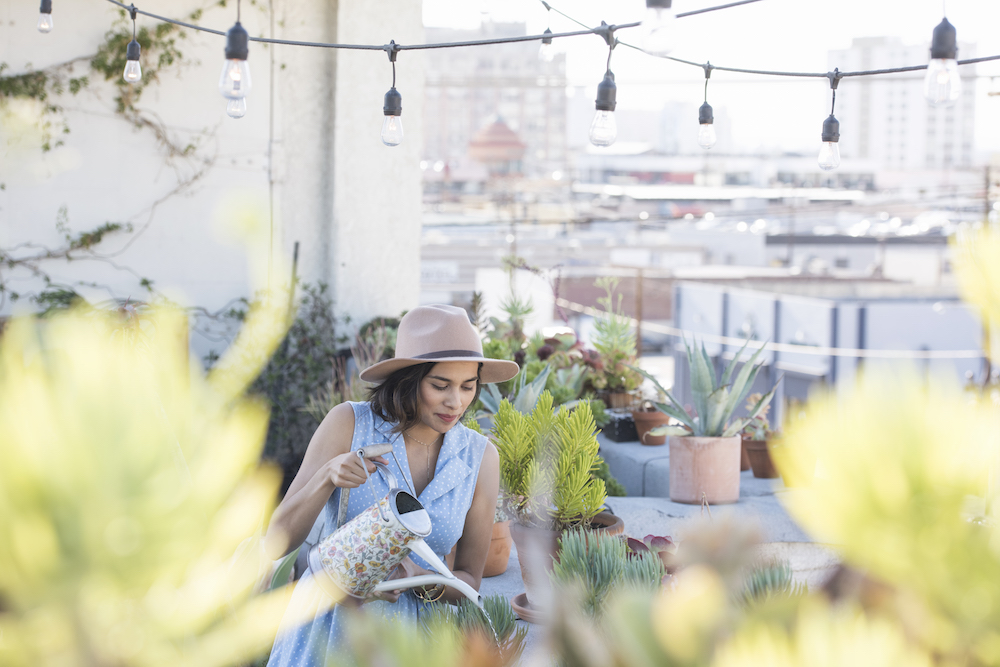
How Often Should I Water My Outdoor Potted Plants?
Worrying about not watering your outdoor potted plants enough (or even watering them too much) is a common concern for novice gardeners, but there’s an easy way to check: touch the soil. Unless your plant has unique needs, you can generally tell if it needs watering by feeling if the soil is dry. If the first inch or two feels dry, give your plant some water. If it’s still damp to the touch, it’s probably not thirsty.
Related: 20 Hacks That Will Bring Your Dead (or Dying) Plant Back to Life

How Can I Keep My Grass Green?
Keeping your lawn green is a lot of work, but a healthy lawn can be the centrepiece of your yard. If you want a green lawn this year, there are plenty of natural ways to bring out your lawn’s health and many of them are free! Check that your mowing habits are on point, water at the smartest time and leave the lawn clippings where they land to help keep the moisture in.
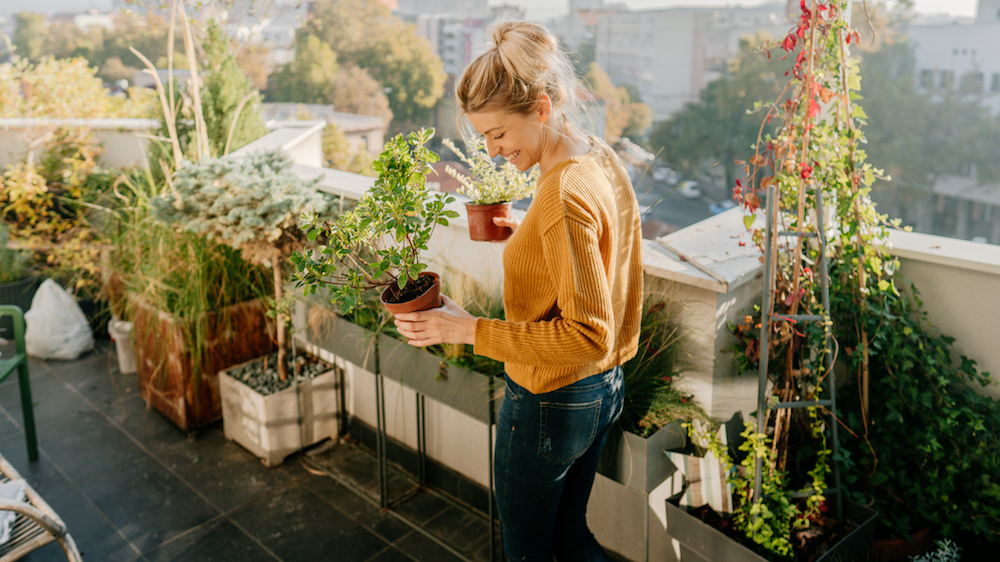
What Can I Grow in Containers?
Not everyone has a plot to plant their garden in and that’s okay. There are plenty of vegetables, herbs and flowers that can grow just as well in containers – you just have to take into consideration how much room a plant needs to grow and how big your container is. When it comes to vegetables, tomatoes (with the help of a stakes or caging) grow great in containers, as do herbs like basil, oregano and thyme. Many flowers grow perfectly in pots, too – just be sure to take into account their placement for proper sun exposure. For more ideas for growing a container garden, here’s some inspiration.
Related: Genius Ways Your Backyard Can Give Back This Summer
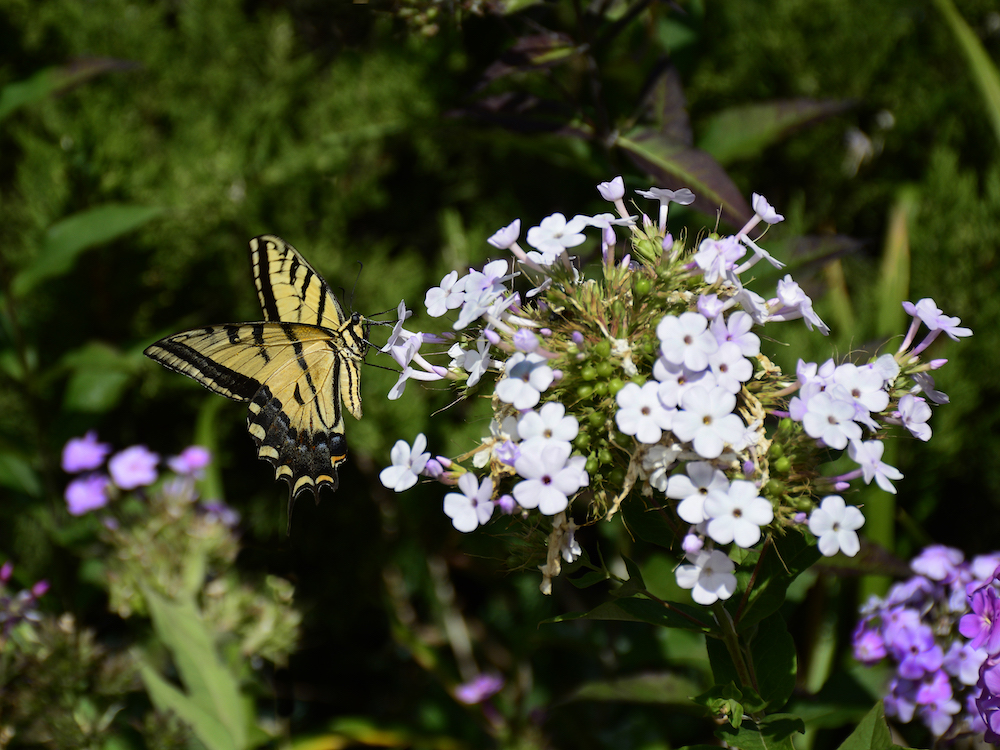
Can Plants Bring Bees and Butterflies to My Garden?
Absolutely, certain plants bring bees, butterflies and birds to your garden – for good reason. Pollinator plants attract these creatures (who then, in turn, help pollinate more plants), so growing those types of pollinators doesn’t just bring pretty butterflies to your garden – it can also be a big help to your local ecosystem. Here are 10 pollinator-friendly flowers to consider planting in your garden.
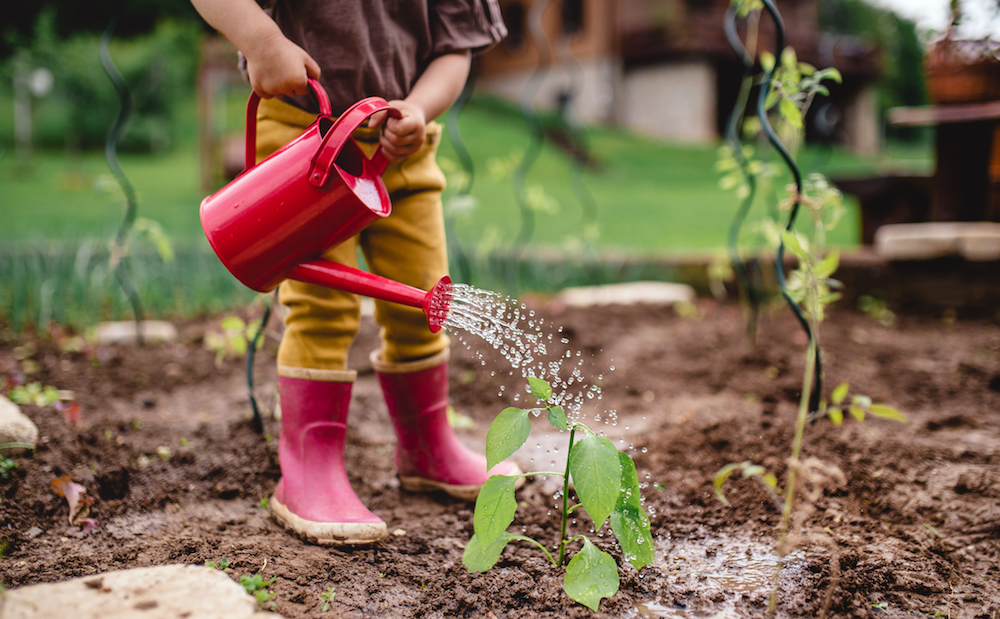
What Are Good Plants for Kids to Grow?
Growing something together is a great, hands-on way to help kids learn about science and nature – but not all plants are created equal and some are more difficult to grow for budding gardeners. Start by helping your junior gardener plant a quick-growing, easy crop of snap peas in the garden. And of course, always make sure any plant you have around children is safe for kids.
HGTV your inbox.
By clicking "SIGN UP” you agree to receive emails from HGTV and accept Corus' Terms of Use and Corus' Privacy Policy.




